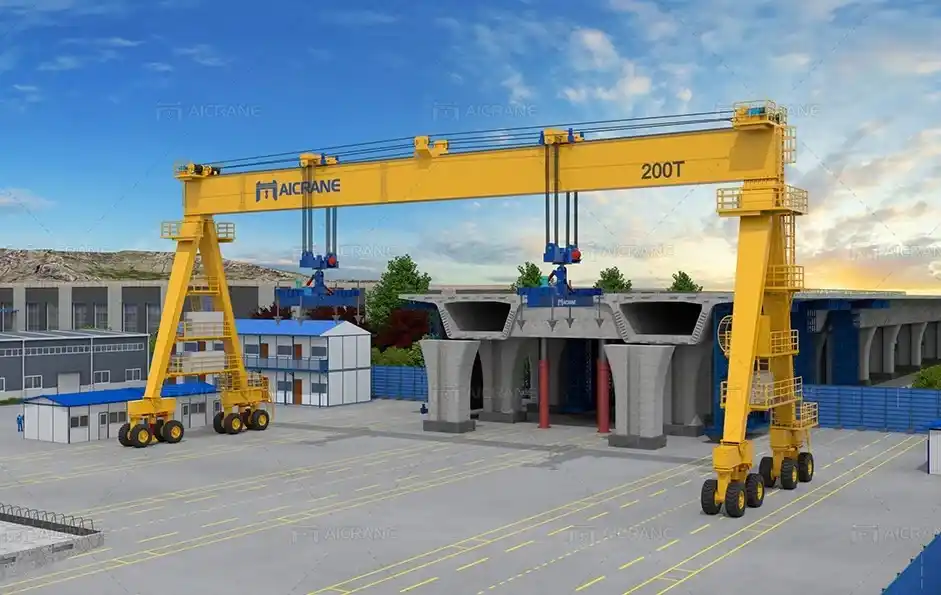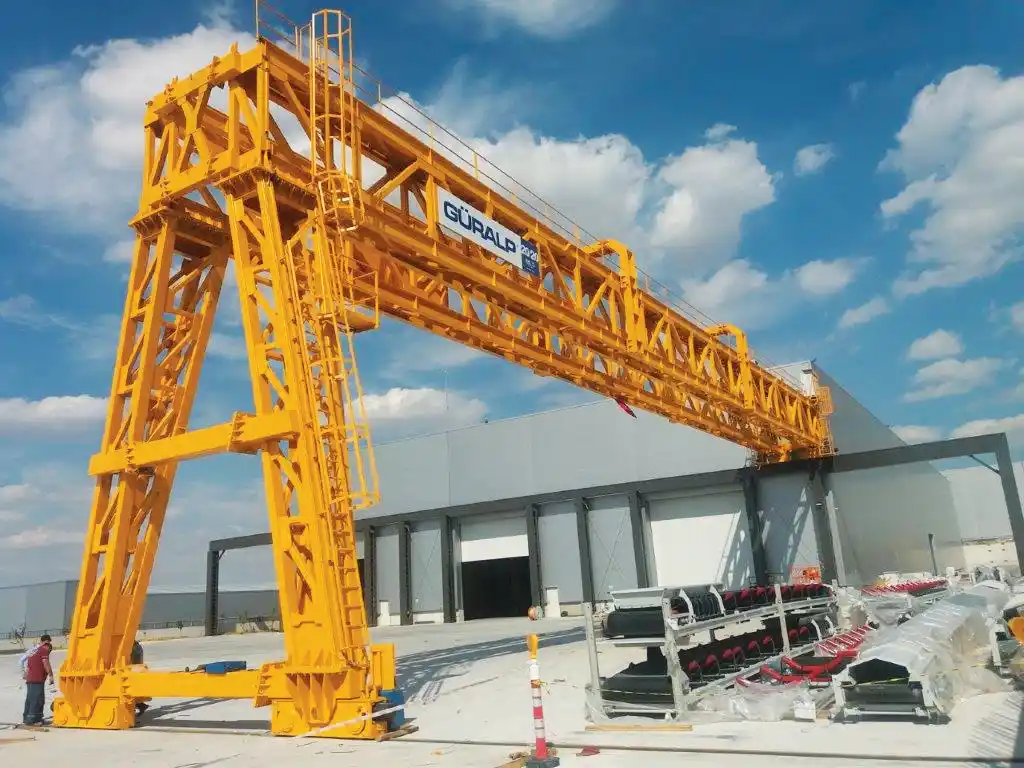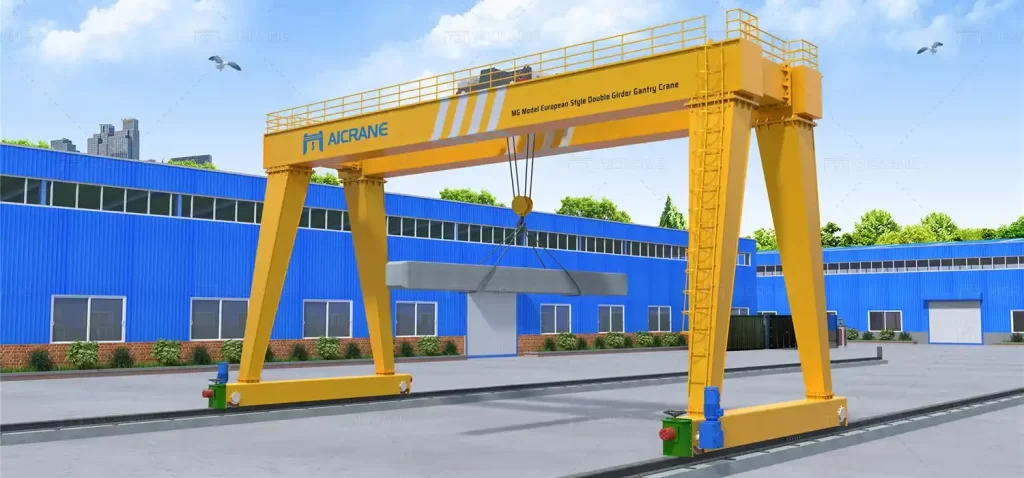SSC Works: Your Trusted Partner for Gantry Crane Maintenance
SSC Works offers reliable maintenance and repair services to ensure the optimal performance of your gantry crane. With expertise in heavy equipment, we are your trusted partner for all maintenance needs, from routine repairs to ensuring safe crane operations.



